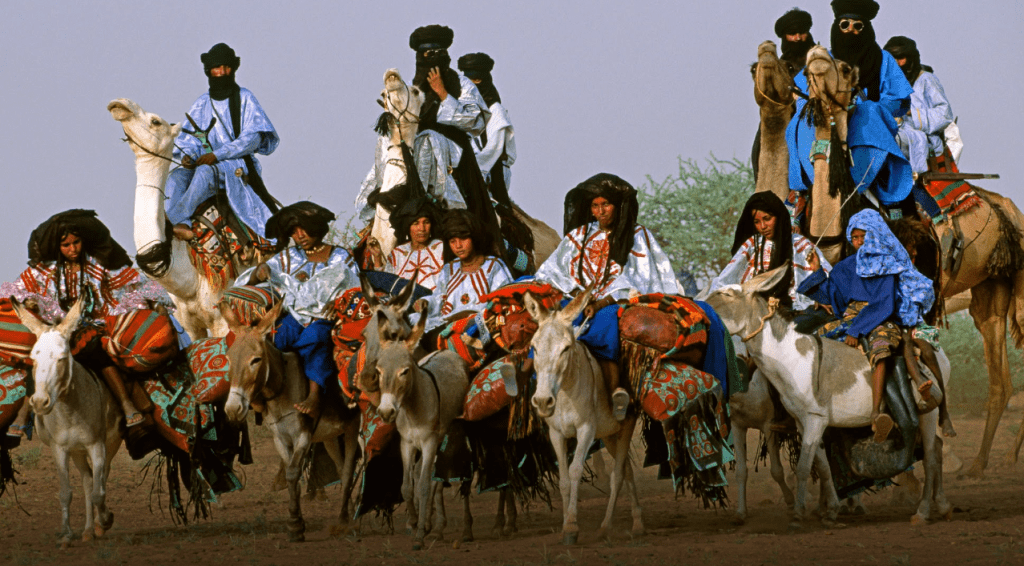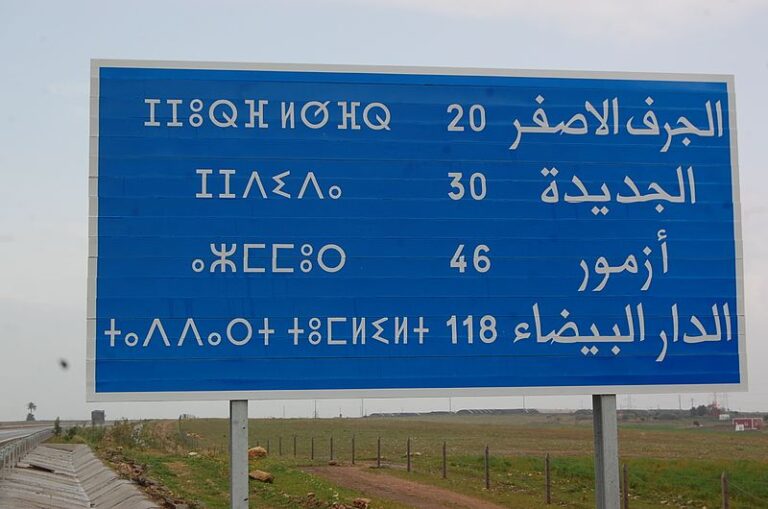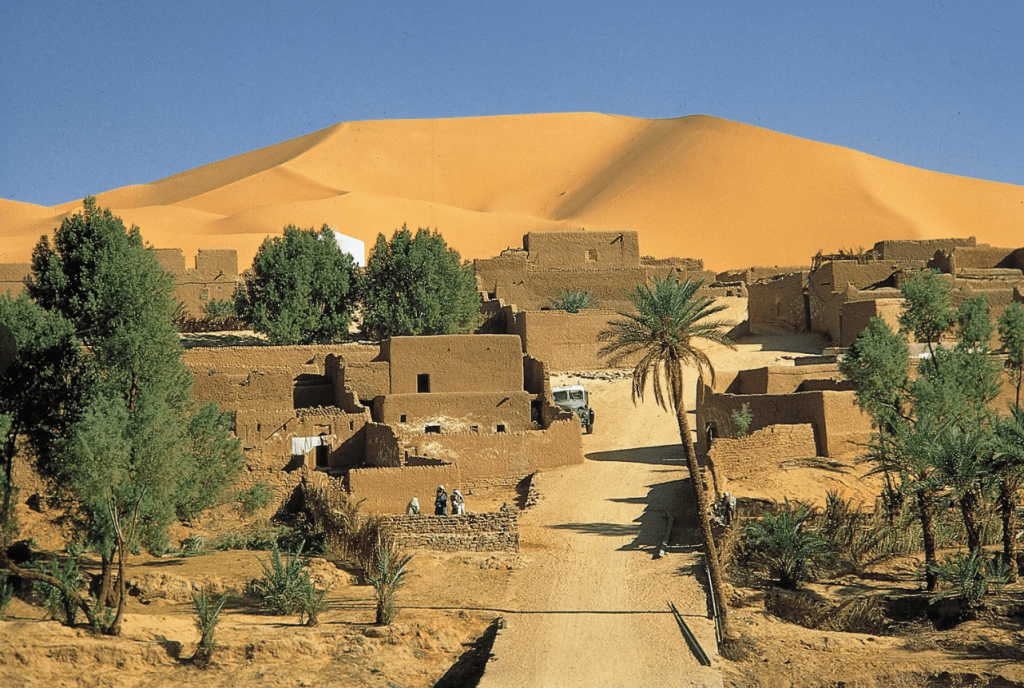The Amazigh people, also known as Imazighen, are the indigenous inhabitants of North Africa, with a rich cultural and historical legacy that stretches across the Maghreb region, including Morocco, Algeria, Tunisia, Egypt, and beyond.
Despite centuries of invasions, colonization, and cultural suppression, the Amazigh people have managed to preserve their identity through language, art, and resilience, and their ongoing struggle for recognition continues to shape their future.
A History of Resilience and Cultural Suppression of Imazighen People


The Imazighen have withstood numerous invasions throughout history, including those of the Phoenicians, Romans, Byzantines, and Arabs. The Arab conquest of North Africa in the 7th century had a profound impact.
It led to the widespread Arabization of the region and the introduction of Islam as the unifying religion. The Arab invaders sought to assimilate the indigenous peoples. As a result, many Amazigh groups retreated into the mountains and deserts to protect their culture and language.
Despite these challenges, the Amazigh have survived and thrived. They initiated the trans-Saharan trade in gold and slaves. This contributed to the region’s economic development. The preservation of their native language, Tamazight, has remained central to Amazigh identity.
The Indigenous Identity of the Imazighen People


The term “Berber,” used by many to refer to the Imazighen, comes from the Latin “barbarus,” meaning “barbarian.” This label is rejected by the Amazigh, who prefer to be called Imazighen. Imazighen means “free people” in Tamazight, emphasizing their enduring, autonomous culture.
Historically, the Imazighen’s territories stretched from the Canary Islands and Mauritania in the west to the Siwa Oasis in Egypt in the east. Today, most of the population is concentrated in Morocco and Algeria. Over 30% speak Tamazight. More than half of the population claims Amazigh heritage.
The Imazighen are not monolithic. They consist of over 100 different tribes, each with distinct dialects and customs. Some of the largest tribal groups include the Tuareg, Kabyle, and Chawia.
These groups have lived in harmony with their environment for centuries, mostly in mountainous and desert regions. Their traditional way of life has been shaped by their harsh terrain, and their culture remains deeply connected to the land.
Political and Cultural Struggles for Recognition


In Morocco, the struggle for recognition has been particularly intense. The country’s long history of Arabization marginalized the Amazigh people. Historically, they were excluded from political, educational, and cultural spheres.
The 2011 Constitution marked a turning point by officially recognizing the Amazigh identity and language. However, implementation has been slow, and challenges remain in fully integrating Tamazight into education, media, and administration.
The Amazigh Cultural Movement (ACM) has played a critical role in advocating for Imazighen’s rights. Founded in the 1960s, the ACM mobilized around 800 associations in Morocco.
They demand the preservation of Tamazight language and culture. In 2003, the Moroccan government introduced Tamazight into education, but progress has been slow. However, recent developments, such as teacher training and media expansion in Tamazight, show a shift toward greater acceptance of Amazigh culture.
Despite these positive steps, the path to full recognition remains fraught with challenges.
The status of language in education and government remains limited. Many Amazigh still face cultural and legal assimilation pressures. Furthermore, the implementation of constitutional reforms is hindered by political resistance, especially in regions with entrenched Arabization policies.
The Global Influence of Amazigh Music and Culture
Amazigh culture has found a significant platform on the global stage, particularly through music. The international success of bands like Les Abranis, who formed in France in 1967, has helped to highlight the struggles and cultural richness of the Amazigh people.
The group, founded by two Kabyle men, has used their music to bridge cultural divides and showcase the peaceful, reconciliatory nature of the Amazigh people. Notable figures like Tuareg musicians Tinariwen, and Mdou Moctar have raised awareness of geopolitical issues.
They sing in Tamazight, further promoting Amazigh culture to international audiences. Additionally, women in North Africa crafted and wore the distinctive aesthetic and symbolic expressions that define Imazighen’s identity.
The Future of the Amazigh People


The future of the Amazigh people lies in the continued efforts to preserve their language, culture, and traditions while navigating the complexities of modernization and political representation.
While progress has been made, significant challenges remain, especially in countries like Morocco and Algeria, where Arabization policies still dominate.
The global success of Amazigh music and the advocacy of organizations like the Amazigh Cultural Movement offer hope that their rich cultural legacy will endure for generations to come.
WE ALSO SAID: Don’t Miss…Nubian Peacekeeping: A Tradition of Harmony and Resilience



